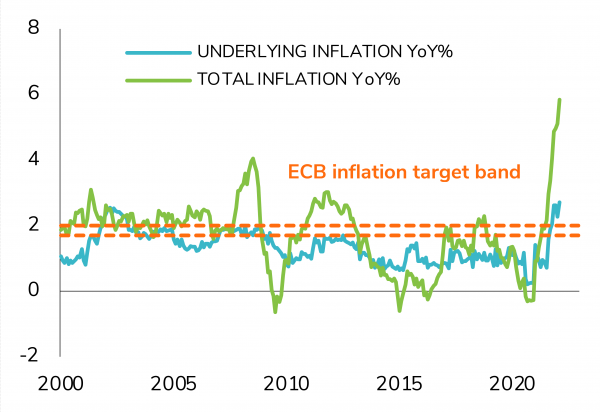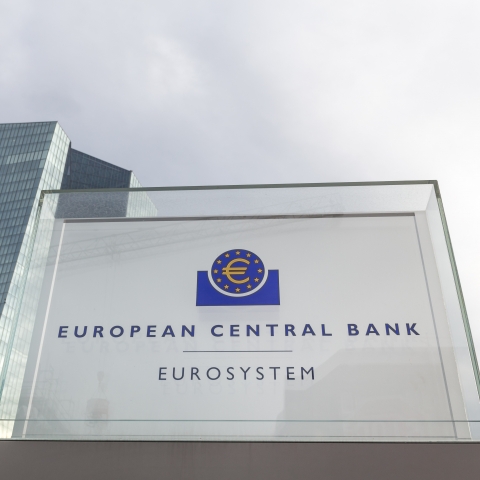The ECB did not alter its key interest rates today, with cash rates remaining in negative territory. But the central bank provided interesting indications on the path of its monetary policy for the coming months. The uncertainties caused by the war in Ukraine warrant cautiousness for the time being, but the ECB is setting the scene for being able to hike rates and tighten its monetary policy in the second half of the year if inflationary pressures persist.
Here are three questions answered to help shed light on today’s ECB meeting.


